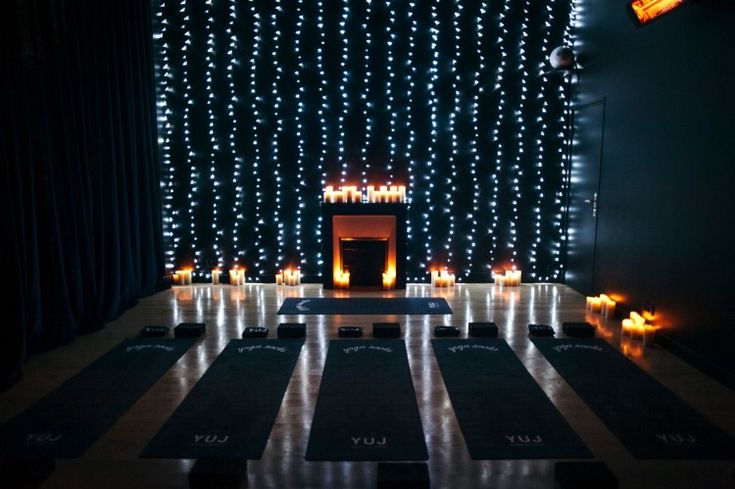S-L-O-W Down
- Rosie Lux
- Nov 3, 2020
- 3 min read
The culture of speed we occupy today is a recent phenomenon. Historically, human populations moved in time with the elemental world. We would be more active and energised in the warmer, brighter months, and slower in the colder, darker months. Fortunately, we haven’t evolved from this. We still need to live in alignment with the seasons, we might just kid ourselves that we don’t. We rush around and work hard regardless of the permission we get from nature to S-L-O-W down.
When speed gets trapped in the body, we are prone to sleeplessness and hypertension. And in keeping with the speed and velocity of the twenty first century, it is no surprise that yoga classes today also move at a rapid fire pace. (Power Vinyasa anyone?) It is the norm in a flow class to be moving from the beginning to the end. Sometimes students skip savasana. They’re caught in the vortex of speed and poses are done in a flash. As a result there is little time to root down and be still before they rush off to the next activity.
When we move swiftly, the world passes by in a blur. It’s impossible to pay attention and be present. If you’re reading this, then it’s likely you’re waking up to the truth that speed is trapped in the body and like me; you’re sick and tired of it.

When I was preparing a 10 week yoga and meditation course, I invited participants to email share how they're feeling. Sleepless nights, low mood and lack of energy were quite common. So what are we rushing for and who does this fast paced culture serve? Because it certainly isn’t the individual. We’re easier to sell to when we’re tired and a little desperate. Look out for that with the adverts and social media posts. They’re written to encourage speed and immediate results.
I don’t know how you’re planning on honouring the cold winter months. My recommendation would be to take periods of time offline, read books and perhaps learn the art of napping.
You’re not just slowing down for yourself you’re doing this for everyone;
‘When we move rapidly, it’s difficult to be conscientious. Under the sway of speed we become desensitised to the environment. Whether in the use of natural resources, the consumption of food, urban development, or the building of sustainable relationships. When we move fast, we inevitably watch out for ourselves. Speed tends to reinforce the importance of ‘me, my and mine’ for we become preoccupied with our own individual advancement.
Speed is addictive. It gets trapped in the diaphragm, fascia, gut, arteries and nerves Off the mat, when students of yoga hurry and rush, it causes the connective tissues of the body to seize up and tighten, limiting flexibility.’
-Tias Little
Here’s how I consistently create messages that promote a slow, sustainable pace of life
· I don’t use social media to advertise. The algorithms reward frequent activity, rather than content quality. That drives perverse behaviours to make pictures really eye catching, and the headlines click bait.
· There are no early bird offers or flash sales which drive panic buying. I offer discounts when people purchase yoga with a friend because I believe in creating a community.
· My evening class runs as a 10 week course, to encourage you to take your time. Flexibility and strength cannot be developed in just a few sessions. Anyone who tells you they can; is more interested in making a sale, than honouring their commitment to wellbeing.
· The course is available in person, via zoom and recordings. To give students the flexibility to practice where and when suits them best.
· My teachers train for 10 months. How are teachers meant to learn and cultivate long term confidence in themselves, in course that’s completed in a matter of weeks? If yoga is a lifelong practice, then the training requires a significant commitment of time from the trainer and trainees.




Comments